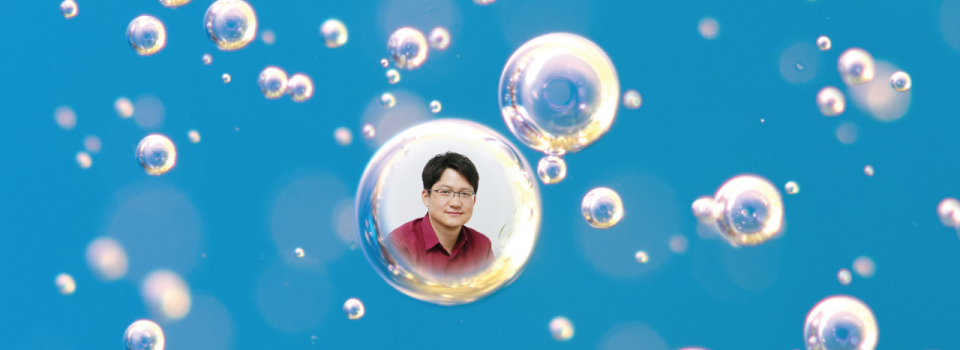May 24 2017
Published by
NYU Shanghai

One of the long-lasting puzzles for researchers in organic chemistry has been to develop stable and generalized rules to conduct efficient Multicomponent Reactions (MCR), a process where three or more materials are made to react together to form a product, which can’t be obtained by a cascade of chemical procedures of two components.
A new study published in Science Advances reports a recent progress in solving this puzzle: by trapping an active intermediate generated from two components with a third component, researchers discovered a favored new reaction pathway to form a multicomponent product.
The study was conducted under transition metal catalysis, where researchers made triazole react with water to form an active a-amino enol intermediate. In order to obtain a matching reactivity towards the final product, a new type of lively indole cationic intermediates was used instead of a stable compound as a trapping reagent, successfully capturing the enol intermediates during the process, and led to the smooth completion of a new MCR.
“It is difficult to capture the key intermediates in MCR experiments. However, we could provide a theoretical proof to support the proposed mechanism, especially for the thermodynamic and kinetic information of MCR pathways.” said Fei XIA, one of the corresponding authors of the paper, Associate Professor of Chemistry at East China Normal University, and a member of the NYU-ECNU Center for Computational Chemistry at NYU Shanghai.
The study was conducted in collaboration with Professor Wenhao Hu’s research group from Shanghai Engineering Research Center of Molecular Therapeutics and New Drug Development and the School of Chemistry and Molecular Engineering at East China Normal University.
>> Read More about this research
Journal Reference:
Liu, S., Yao, W., Liu, Y., Wei, Q., Chen, J., Wu, X., Xia, F. and Hu, W., 2017. A Rh (II)-catalyzed multicomponent reaction by trapping an α-amino enol intermediate in a traditional two-component reaction pathway. Science Advances, 3(3), p.e1602467.


